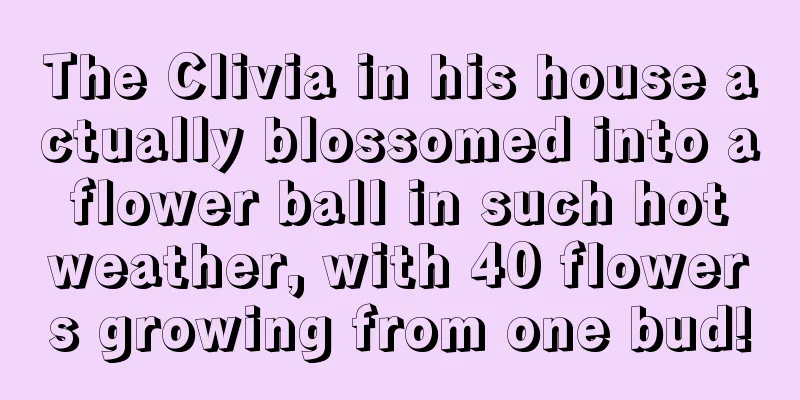Key points for cherry blossom maintenance in autumn

Cherry Blossom Autumn Disease Prevention and Leaf PreservationIn autumn, cherry blossoms need to be protected from diseases and leaves. Because the leaves of cherry blossoms are more susceptible to diseases, if they are not prevented and controlled in time, they will fall off and nutrients will not be accumulated, which is very unfavorable for flowering in the second year. Therefore, you must pay attention to prevention and control in autumn. Generally, you can choose to spray some fungicides, such as mancozeb wettable powder solution. Then you need to water it appropriately and apply foliar fertilizer so that the leaves will grow better. Applying basal fertilizer for cherry blossoms in autumnIn autumn, cherry blossoms need sufficient base fertilizer, which is usually done in early September. Applying base fertilizer at this time is more conducive to the decomposition of the fertilizer and is easier for the plants to absorb. When applying base fertilizer in autumn, it should be mainly decomposed farmyard manure, and a small amount of chemical fertilizer can be used. Generally, when applying fertilizer, the amount of fertilizer should be moderate, but be careful not to bury it too deep. Note that if you find that the cherry blossoms are lacking certain elements, you can add some trace elements. Cherry Blossom Autumn Deep Turning Tree PlateAutumn is the period when the roots of cherry blossoms grow vigorously. At this time, the use of base fertilizer and deep plowing of the tree circle can increase the root volume. At the same time, it is also necessary to clean up some fallen leaves and dead branches in the tree tray, so as to reduce the occurrence of diseases and pests. Autumn pruning of cherry blossomsIn autumn, you can trim the cherry blossoms according to their growth conditions. The main thing is to thin out the overly dense, crossed and overlapping branches of the cherry blossoms, and then cut off the diseased and insect-infested dead branches. This can improve the growth of the crown and enhance ventilation and light transmission. Note that after pruning, you can apply some protective agent to the wound to prevent it from rotting. |
<<: How to pinch the top of fuchsia
>>: How to grow Schefflera in winter
Recommend
How to propagate sunflowers by cuttings? Can they be propagated by cuttings in winter?
1. How to propagate sunflowers by cuttings 1. Pre...
The difference between Fengdan and Peony
1. Blades When the leaves are unfolded and observ...
Causes and treatments for yellowing hibiscus leaves
1. Improper watering 1. Reason: Improper watering...
Can cherries be grown in Guangxi?
Can cherries be grown in Guangxi? Guangxi is suit...
How to repot the lucky tree
Repotting steps The best time to repot the lucky ...
What flowers are suitable for growing in Xianning? What are the city flowers and trees?
1. Climate characteristics of Xianning Xianning h...
How to cultivate Daphne koreana
1. Soil It is best to choose loose, breathable, f...
A4 paper, loofah sponge...I use all the waste you piled up in the corner to grow flowers
1. Plant vegetables on A4 paper Prepare materials...
Can I plant green radish in the soil of succulent plants? Can I plant them together?
1. Can you grow green radish in succulent soil? T...
How tall is Bauhinia bracteatum and how to care for it in daily life
1. How high is it? Bauhinia bracteata is the city...
Lemon planting conditions and temperature requirements in the planting area
Lemon Introduction Lemon is a plant of the genus ...
How much chickpeas yield per mu
Chickpea yield per mu Chickpea is a relatively co...
Can Milan be hydroponically cultivated?
Can Milan be hydroponically cultivated? Milan can...
How to grow mountain laurel
1. The soil should be thicker Mountain laurel pre...
How to grow cowpea on the balcony
Seedling cultivation Cowpeas are usually sown dir...









